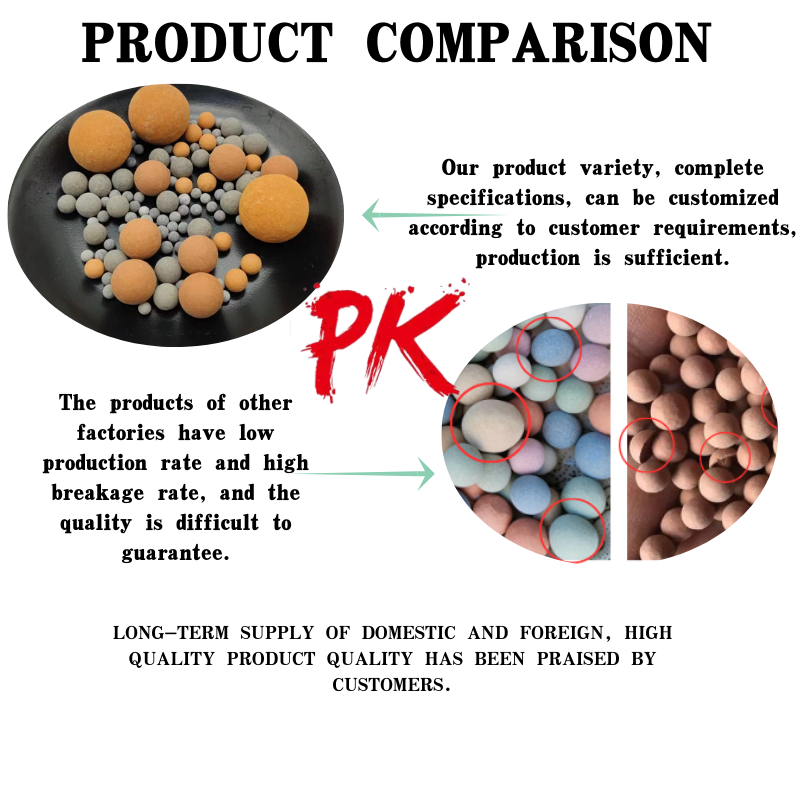
fly ash what is it
Understanding Fly Ash What Is It?
Fly ash is a fine, powdery material that is a byproduct of burning pulverized coal in electric power generating plants. As coal combustion occurs, the mineral impurities in the coal, such as silica, alumina, and iron, fuse and form small spherical ash particles, which are carried away from the production site by flue gases. This byproduct is captured by electrostatic precipitators or bag filters and then collected for use in various applications.
Understanding Fly Ash What Is It?
One of the most common uses of fly ash is as a partial replacement for Portland cement in concrete production. The use of fly ash in concrete not only improves the workability and durability of the final product but also contributes to sustainability by reducing the demand for Portland cement, which is a significant source of carbon emissions during its production. Additionally, fly ash can enhance the strength and resistance of concrete structures to various environmental factors, including freeze-thaw cycles and chemical attack.
fly ash what is it

Furthermore, fly ash can be utilized in the construction of embankments and fills, as a lightweight fill material, and in the production of concrete blocks and bricks. Its lightweight properties and pozzolanic activity, where it reacts with lime and water to form compounds that contribute to strength, make it a versatile material in the construction industry.
In addition to its advantages, the use of fly ash also helps in addressing environmental concerns associated with waste disposal. As the energy industry shifts towards cleaner technologies and reduced carbon footprints, incorporating fly ash into construction practices presents an opportunity to utilize a waste product beneficially.
In conclusion, fly ash is an essential material derived from coal combustion that serves multiple purposes in construction, contributing to enhanced material properties and sustainability goals. Its continued use reflects a growing awareness of environmental responsibility within the industry, promoting innovation while addressing waste management challenges.
Share
-
Premium Resin Coated Sand - High Heat Resistance CastingNewsJul.31,2025
-
High Quality Silicon Carbide Grit for Abrasive ApplicationsNewsJul.30,2025
-
High-Quality Ceramsite for Plants & Gardening | Lightweight PebblesNewsJul.29,2025
-
Premium Burgundy Glass Marbles for Vases & Shooter GamesNewsJul.29,2025
-
High Purity Quartz Sand for Industrial and Ground ApplicationsNewsJul.29,2025
-
High-Quality Barite Powder for Drilling & Industrial UseNewsJul.29,2025






